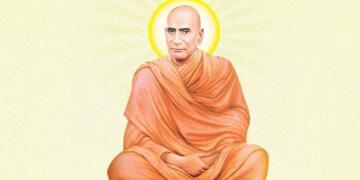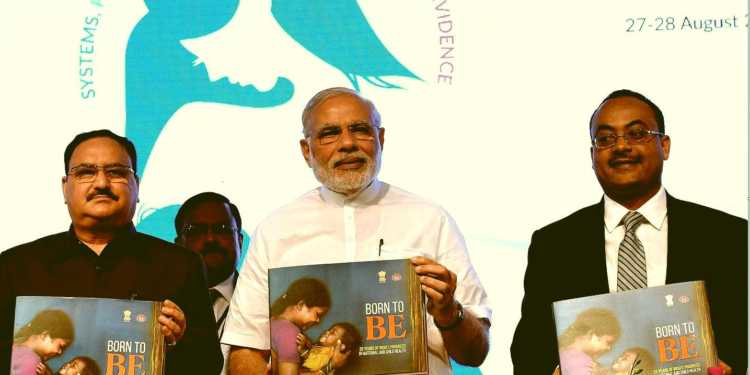India has taken a quantum leap forward in reducing infant mortality rate in last few years. According to a report by United Nations Inter-agency Group for Child Mortality Estimation (UNIGME), about 8, 02,000 infant deaths were noted in Indian in the year of 2017. This is lowest reported infant death in last five years. In 2016, 8.67 lakh infants died in the country. “India continues to show impressive decline in child deaths, with its share of global under-five deaths for the first time equaling its share of childbirths. The efforts for improving institutional delivery, along with countrywide scale up of special newborn care units and strengthening of routine immunization, have been instrumental towards this,” Yasmin Ali Haque, Representative, UNICEF India said.
Big difference was noted in gender specific survival in infants. In 2017, infant mortality was 39 per 1,000 live births for male population while for female it was 40 per, 1000 births. “Even more heartening is the fourfold decline in the gender gap in survival of the girl child over last five years. The investment on ensuring holistic nutrition under the POSHAN campaign and national commitment to make India open defecation-free by 2019 are steps that will help in accelerating progress further,” Haque said. Infant mortality rate is among most important indicators of healthcare conditions in the country. Human Development Index (HDI) uses this parameter to calculate the availability of health care to common people. It was on the Millennium Development Goals (MDG) and is also part of Sustainable Development Goal (SDG).
Universal healthcare program is very necessary for better health conditions among citizens of any country. Modi government plans to universalize healthcare through Ayushman Bharat program. “We must prioritize providing universal access to quality health services for every child, particularly around the time of birth and through the early years, to give them the best possible chance to survive and thrive,” said Nono Simelela, Assistant Director-General for Family, Women and Children’s Health at WHO. As per the report, 6.3 million children aged below 15 died in 2017. More than half of global infant deaths occur in Sub-Saharan Africa while 30 percent occur in South Asia. Sub-Saharan Africa and South Asia fare worse in prevention of infant deaths because very few countries in these regions have universal healthcare programs. In Sub-Saharan Africa 1 in every 13 children dies before his/her 5th birthday while in high income countries death rate is 1 among 185. One of the less recognized aspects in improvement of heath is cleanliness. Modi government focused on cleanliness drive and built millions of toilets to make country Open Defection Free. “We have made remarkable progress to save children since 1990, but millions are still dying because of who they are and where they are born. With simple solutions like medicines, clean water, electricity and vaccines, we can change that reality for every child,” said Laurence Chandy, UNICEF Director of Data, Research and Policy. Most of children below five die due to abnormal presentation of the foetus umbilical cord prolapsed, or prolonged labor, neonatal infection, diarrhea, malaria, measles and malnutrition
Healthcare has improved significantly in India because government has been able to provide public delivery of basic healthcare and nutrition in last two decades. India has recorded a 22 percent drop in Maternal Mortality Ratio (MMR), bringing the number of deaths down to 130 from the previous 167. MMR for the year 2011-13 was 167 which came down at 130 for the period of 2014-16. Now government is about to universal healthcare under Ayushman Bharat which will improve conditions significantly.































